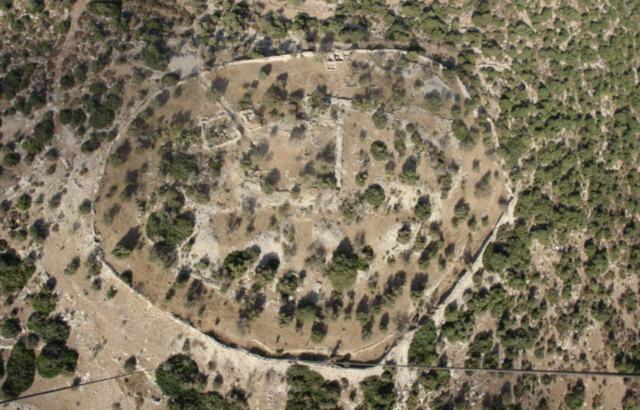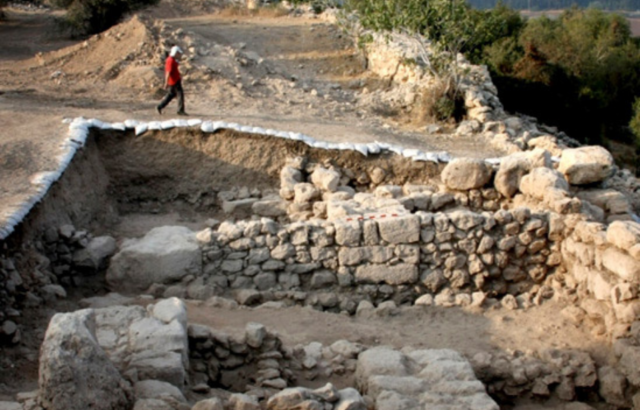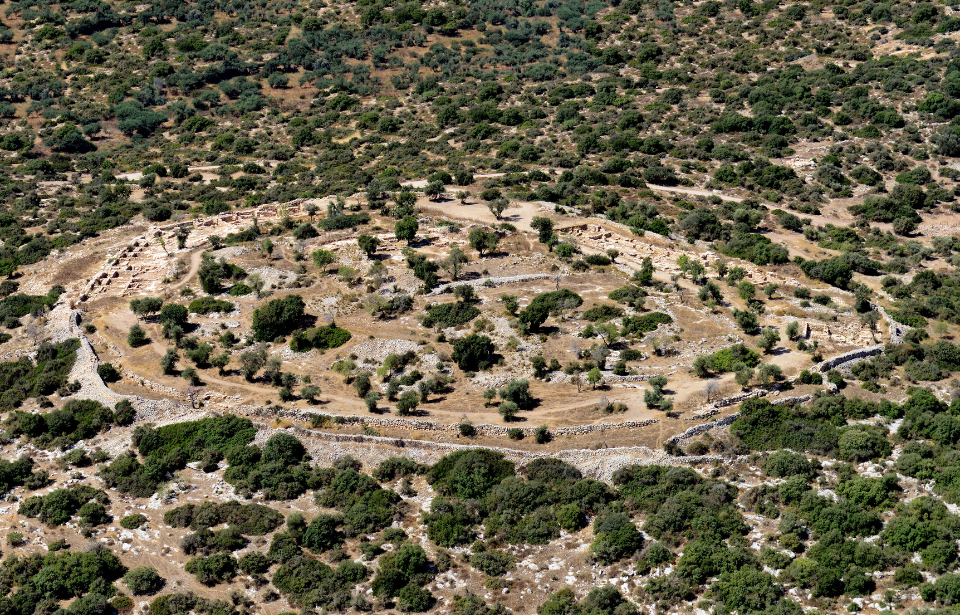Professor Yosef Garfinkel of the Institute of Archaeology at the Hebrew University of Jerusalem has claimed to have identified part of the ancient Kingdom of Judah during the time of David and Solomon. His findings, published in the Jerusalem Journal of Archaeology, have sparked a heated debate regarding the validity of the United Monarchy as described in the Bible.
What is the United Monarchy?

The United Monarchy – or the Kingdom of Israel – is described in the Bible as existing between 1047 and 930 BC. It included the territory of the Kingdom of Judah and the Samarian Kingdom of Israel, and stretched across five modern regions: Israel, Jordan, Lebanon, Palestine and Syria.
The United Monarchy was said to have been ruled by three monarchs: Saul (late 11th century BC), David (late 10th century BC) and Solomon (mid-10th century BC). According to the Bible, when Rehoboam succeeded his father, Solomon, it split into two kingdoms: Israel to the north and Judah in the south.
Some scholars, such as Yosef Garkinkel, believe archaeological evidence shows the United Monarchy existed. Others, however, don’t agree with this assessment.
Proof of the United Monarchy?

Khirbet Qeiyafa, also known as Elah Fortress, is an ancient city overlooking the Elah Valley. It dates back to the first half of the 10th century BC, and is located near the city of Beit Shemesh, around 20 miles southwest of Jerusalem. The site covers six acres and has a 2,300-foot-long wall surrounding it.
Khirbet Qeiyafa is the focus of Yosef Garfinkel’s study. According to him, as well as other scholars, it’s one of the fortresses of King David’s Kingdom. It’s also just one of a network of fortified sites outside of Jerusalem. Dating to the Iron Age, during the time of David’s reign, Garfinkel argues these fortresses, linked together by roads, were part of a single unified kingdom.
“If you take all these sites, they have the same urban concept, they are all sitting on the border of the kingdom and sitting where you have a main road leading to the kingdom,” he states. “These cities aren’t located in the middle of nowhere. It’s a pattern of urbanism with the same urban concept.”
Other scholars disagree, saying David and Solomon were more likely local chieftains ruling over small fortress-like cities, rather than a large collection of them. For instance, Professor Israel Finkelstein, who works at Tel Aviv University and the University of Haifa, says he isn’t sure the five sites Garfinkel looked at can all be dated to the 10th century BC. This would be necessary to prove a single united kingdom existed. If they’re from different periods, it could be evidence of the opposite.
Garfinkel admits the biblical description of the kingdom in the Second Book of Samuel as running from Egypt to the Euphrates River. He states the territory David and Solomon ruled was small, but that it was still a proper kingdom and not an insignificant town.
Maximalists versus minimalists

Yosef Garfinkel has stated the debate is ultimately fought between maximalist and minimalist archaeologists. Those in the former camp place an emphasis on what the Bible says, using it as a historical source. Those in the latter category criticize the Bible‘s use.
These groups seem to be more prevalent than one might think, and the division between them is noticeable in every discovery in Israel. As well, the politics and identity of the modern Jewish state often impact archaeologists’ view of the past.
More from us: 2,000-Year-Old Ancient Roman Hoard Discovered by Metal Detectorists in the UK
Garfinkel’s claims and his recently-published study are ultimately a new chapter in a debate that’s lasted a very long time – and it certainly looks like it won’t end anytime soon.
